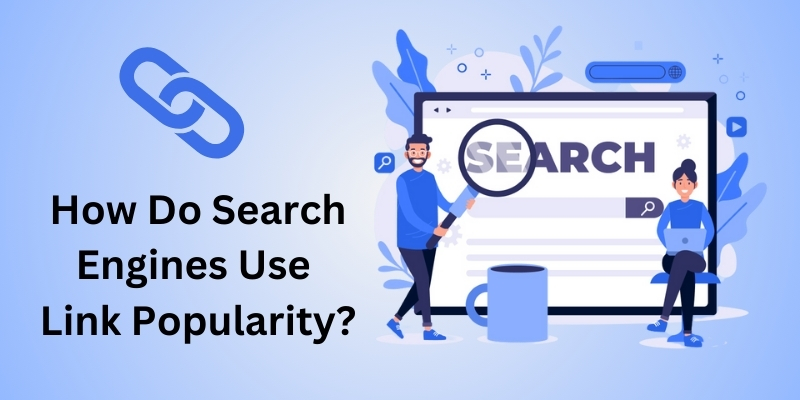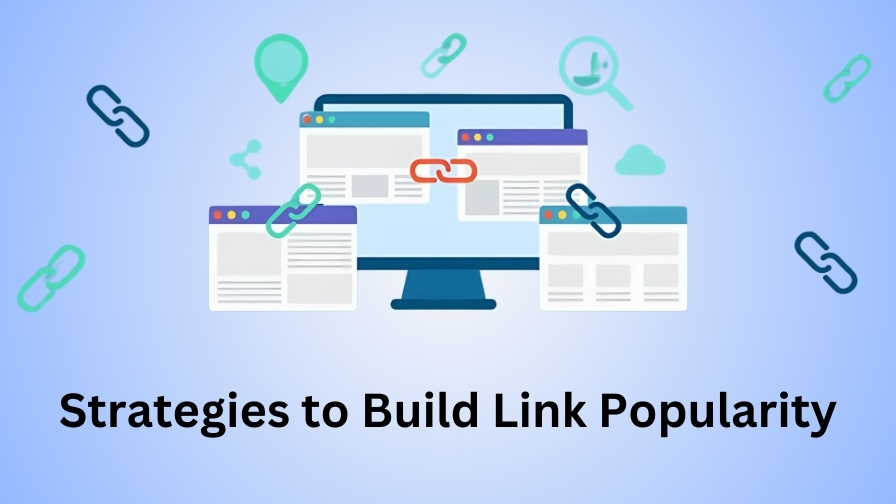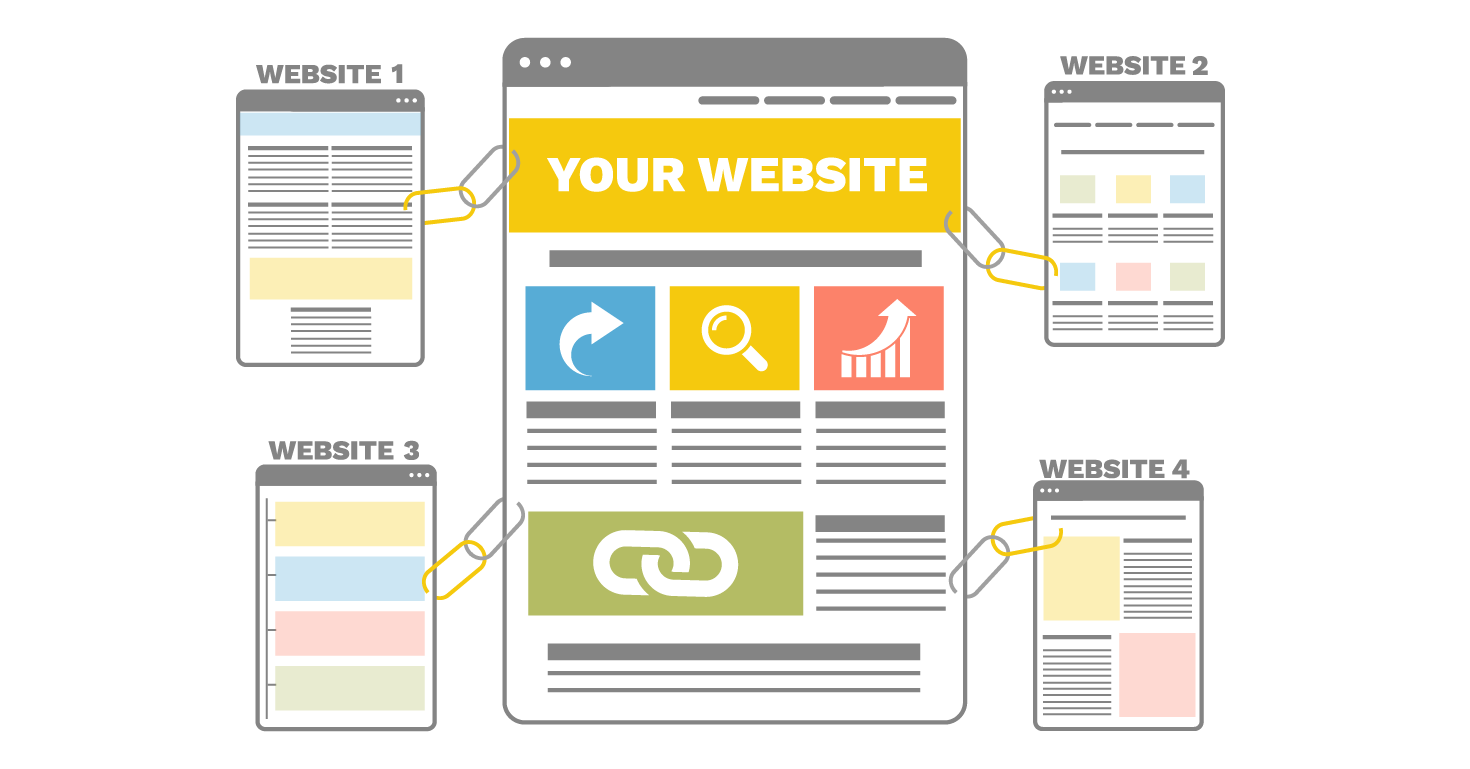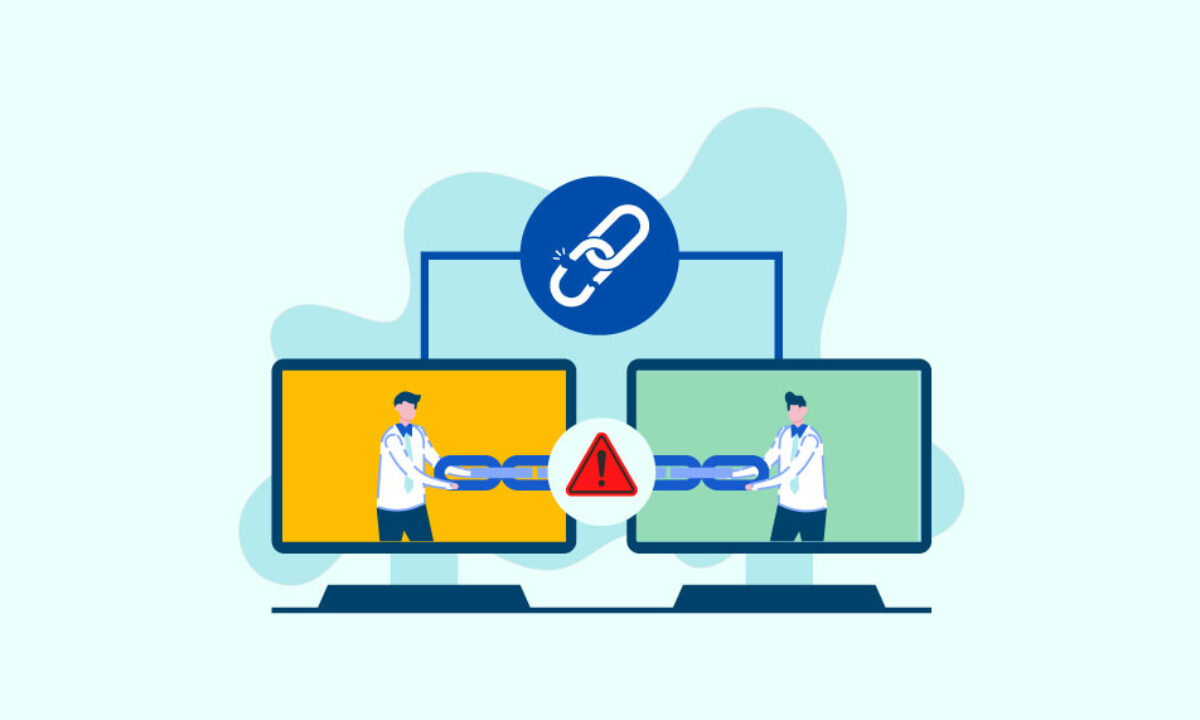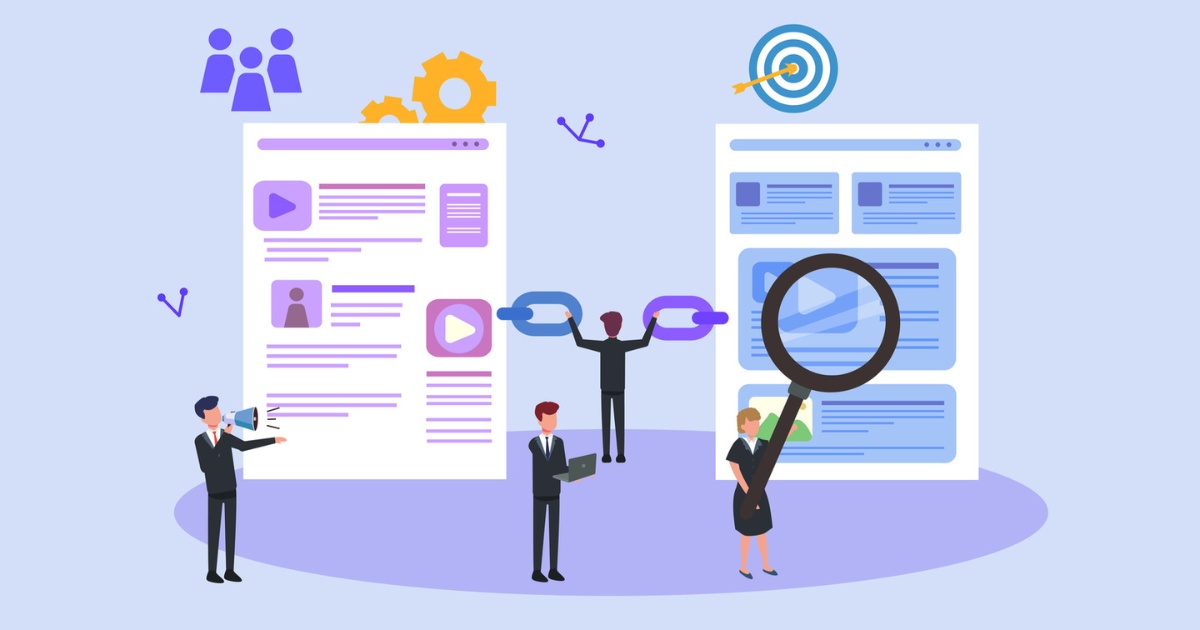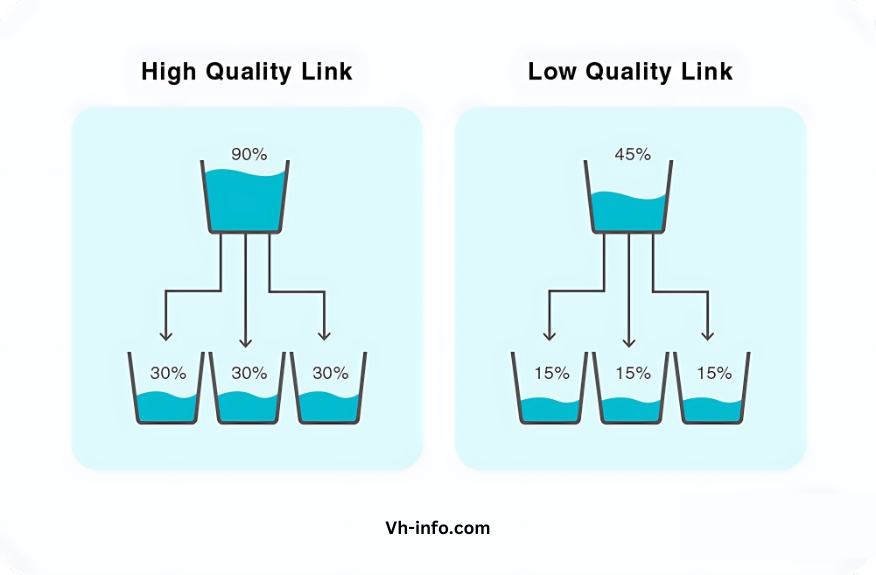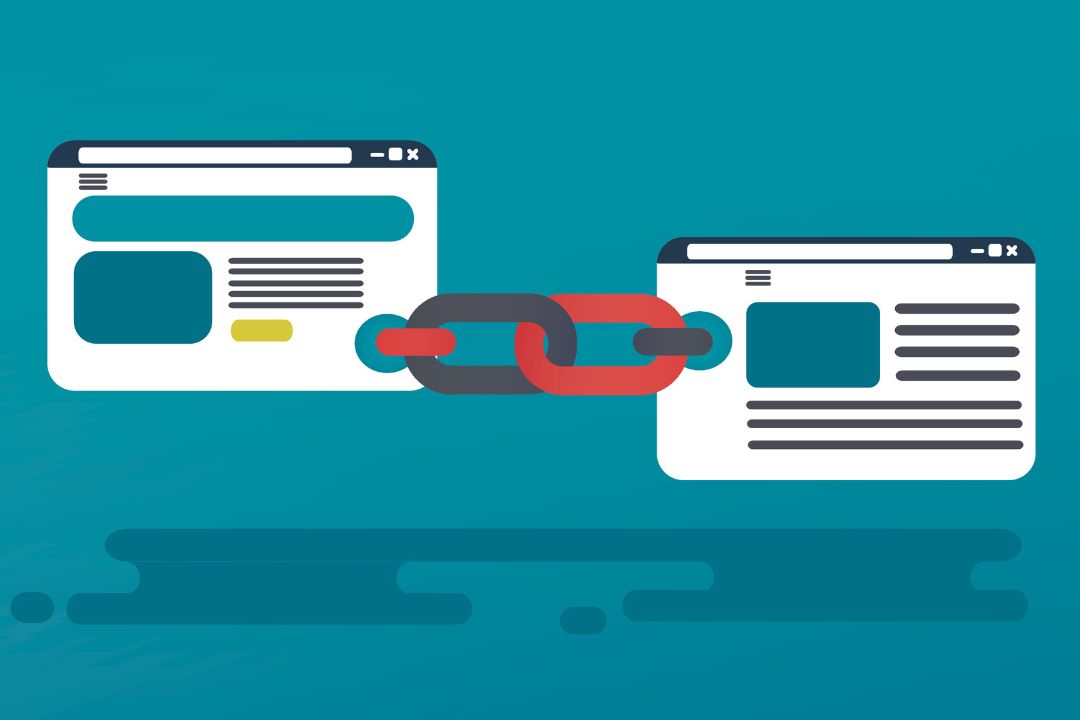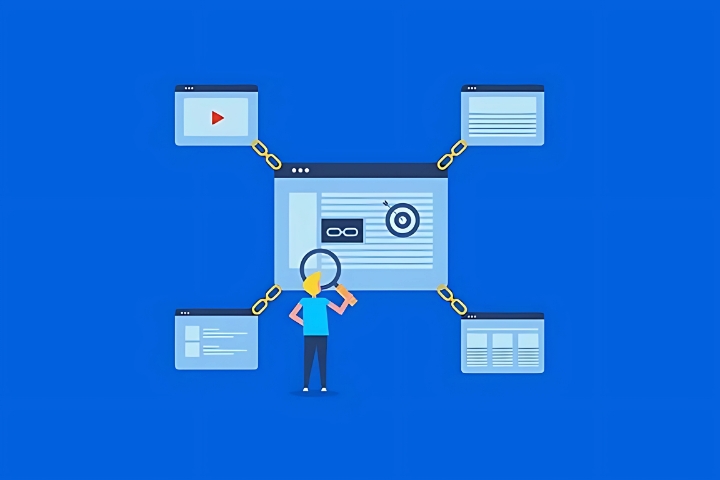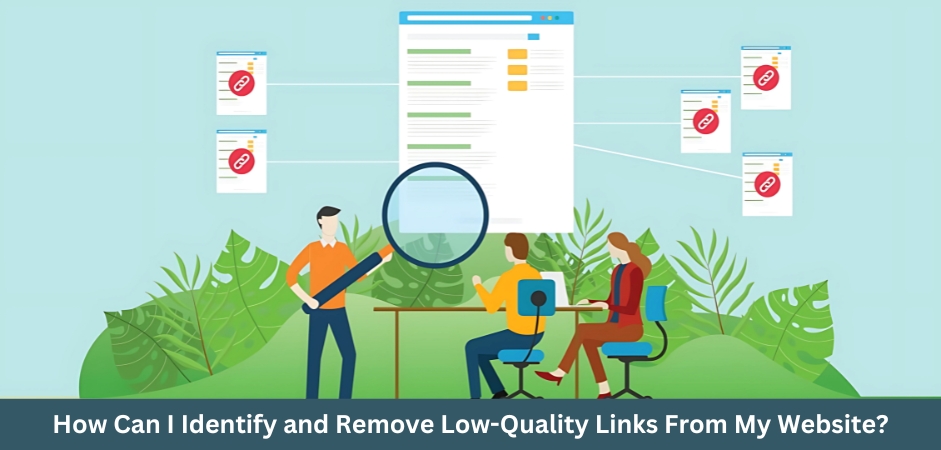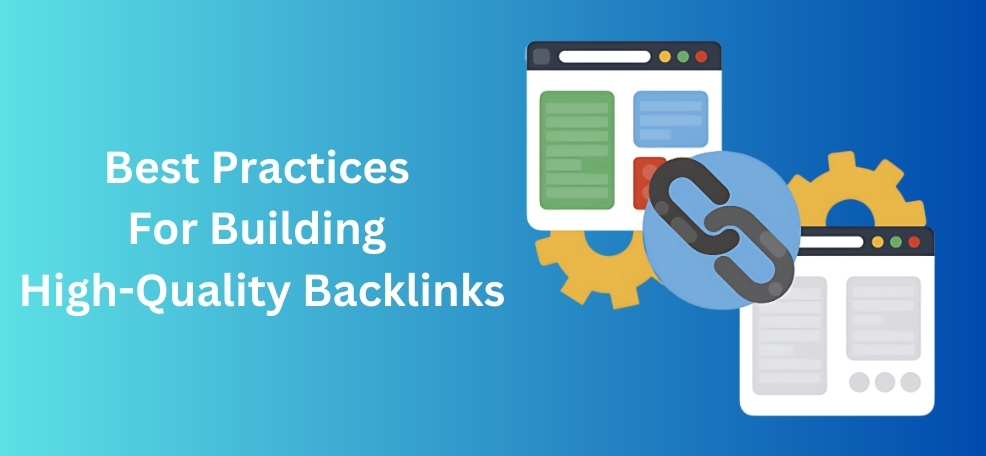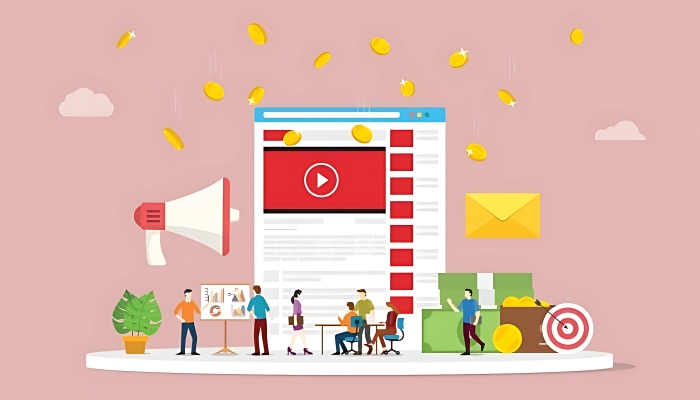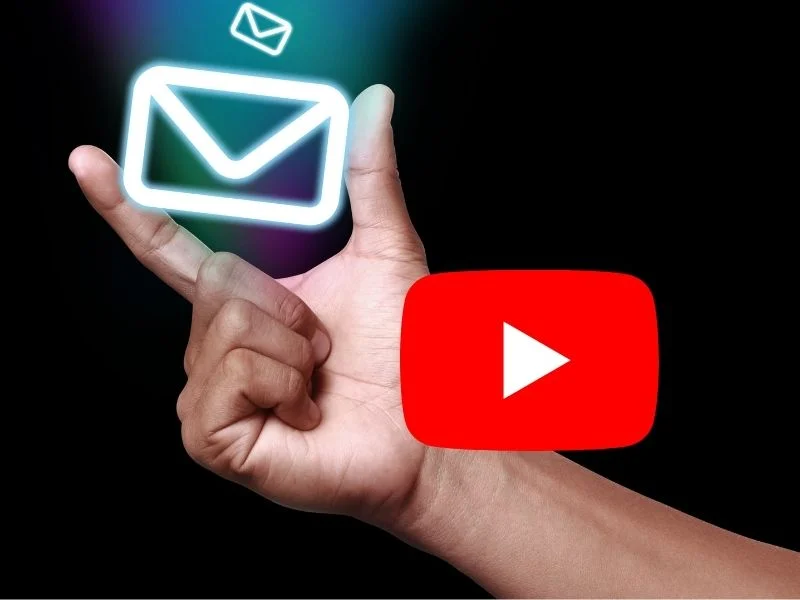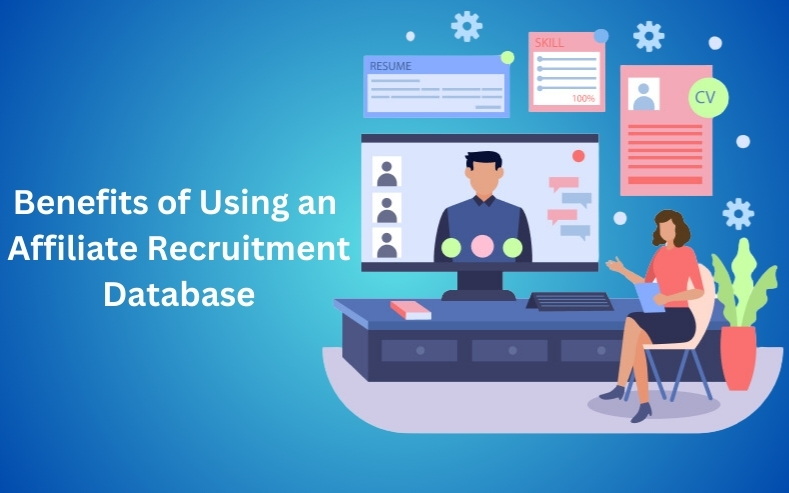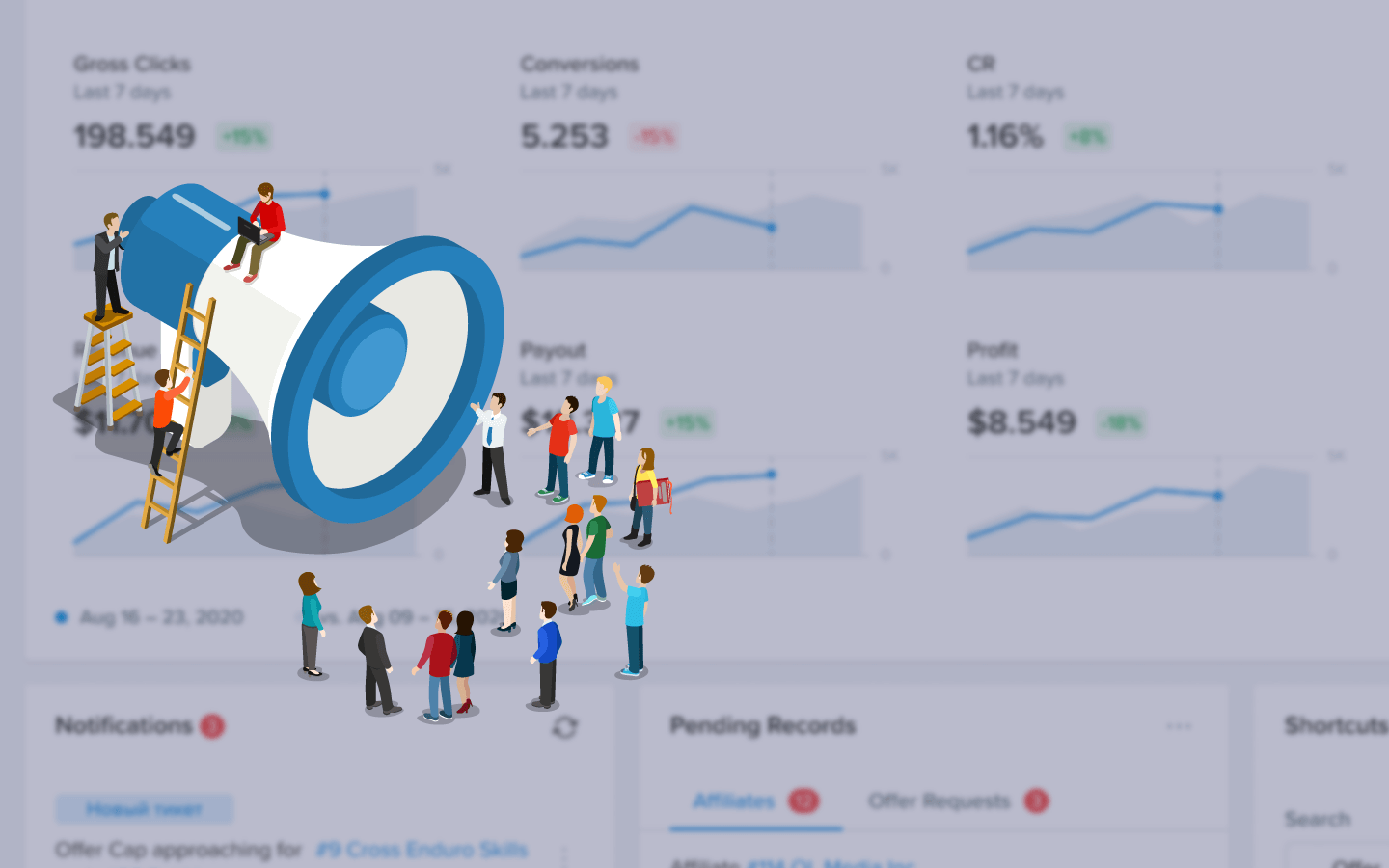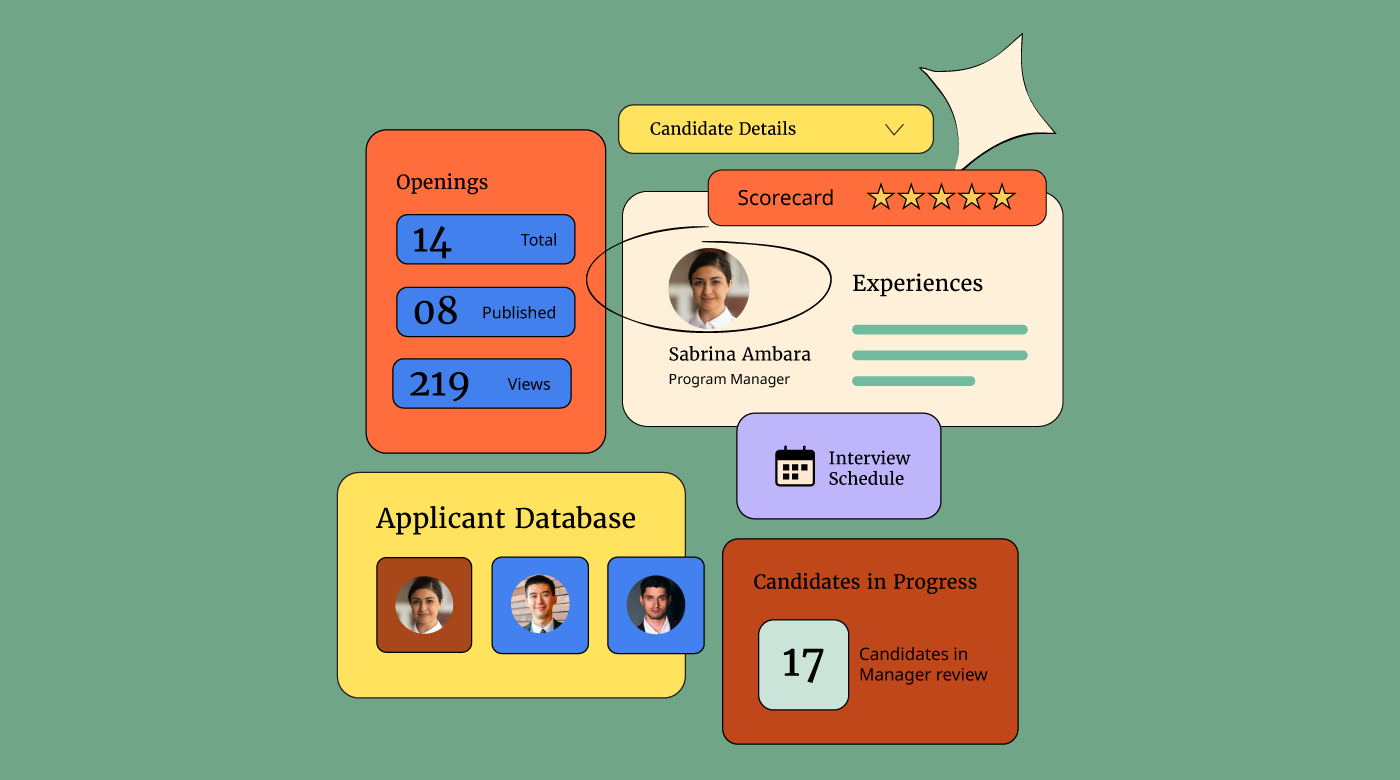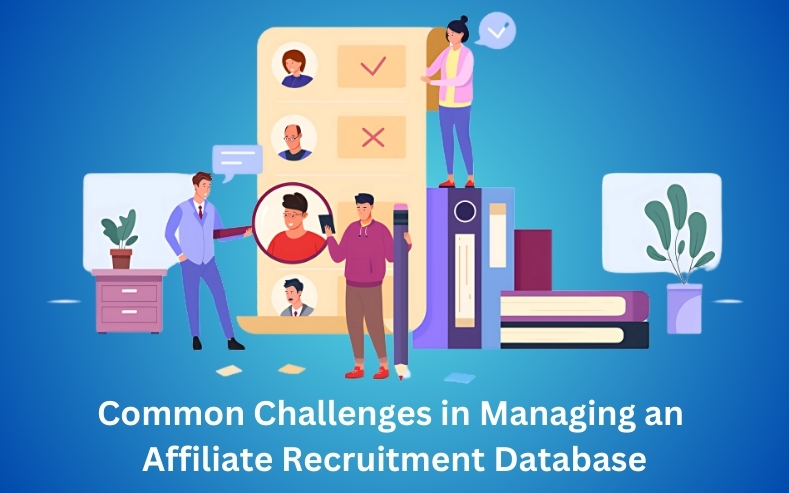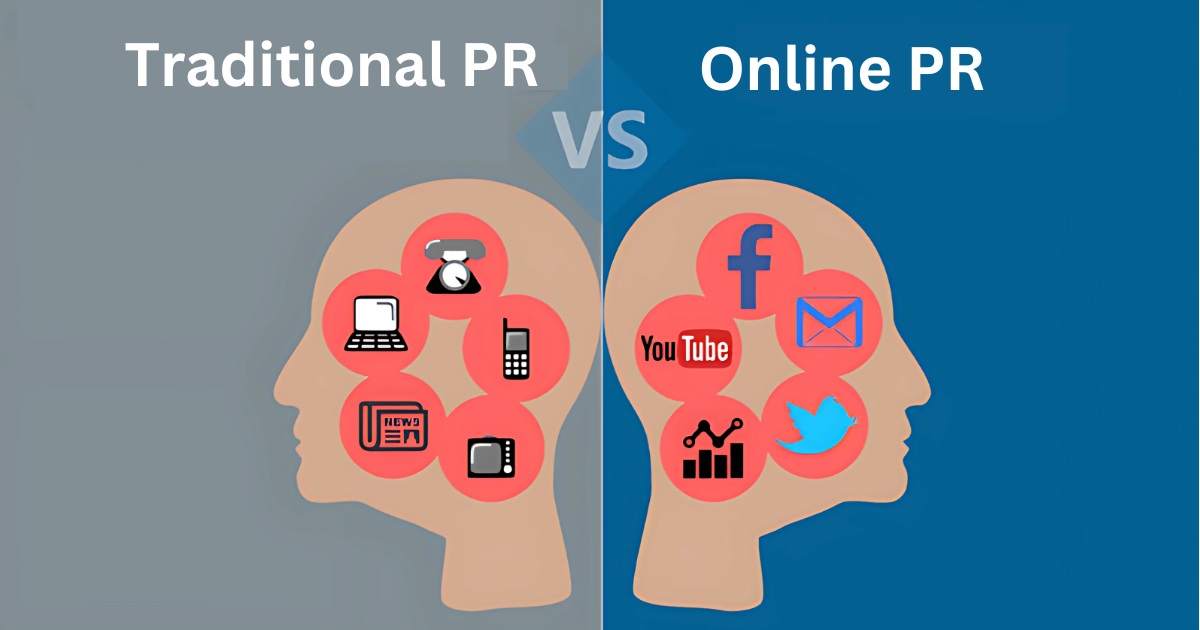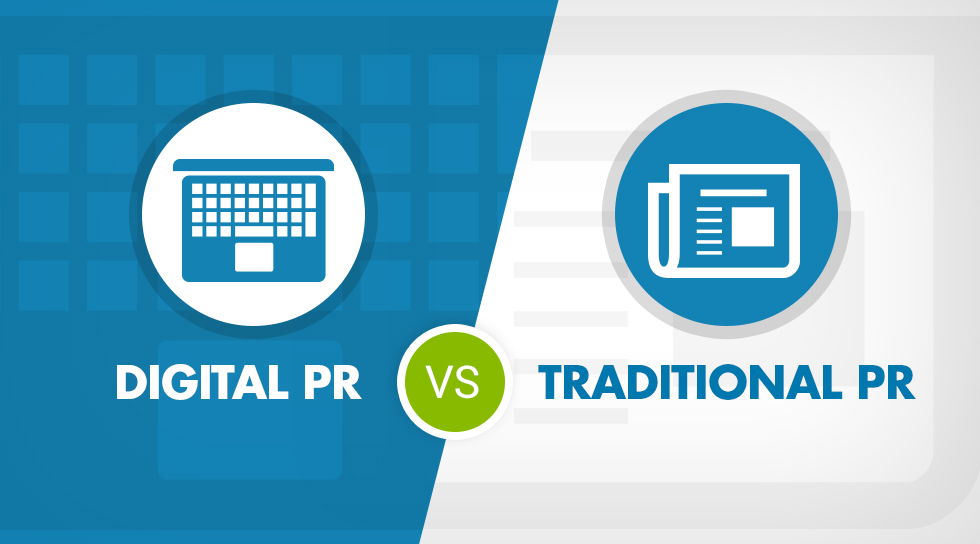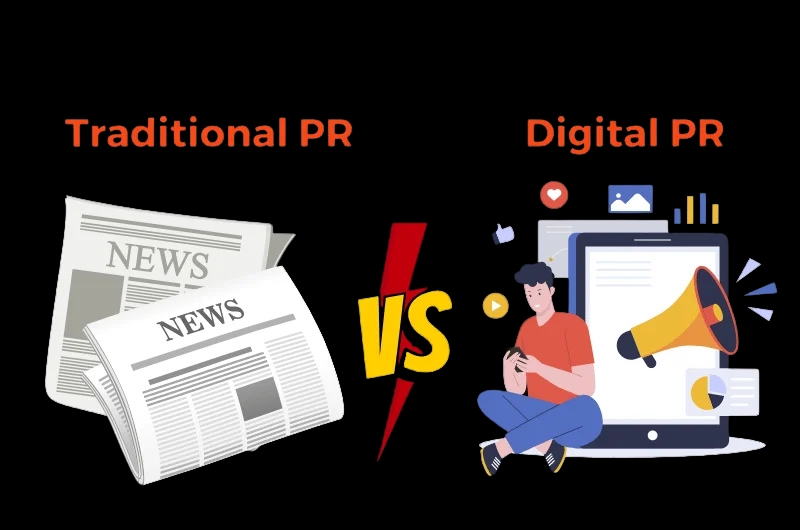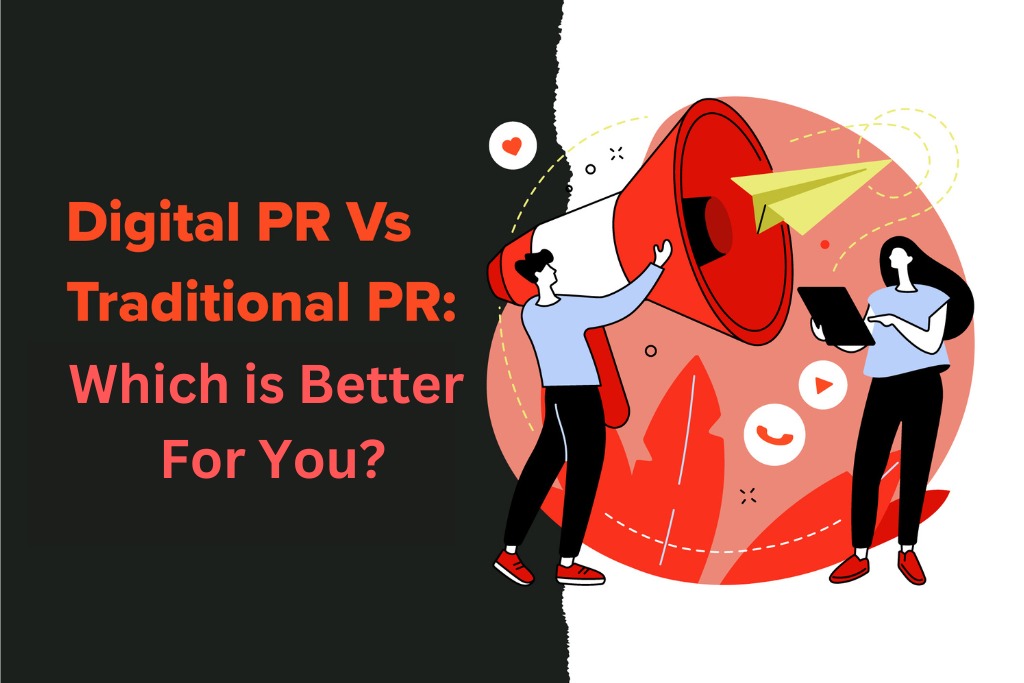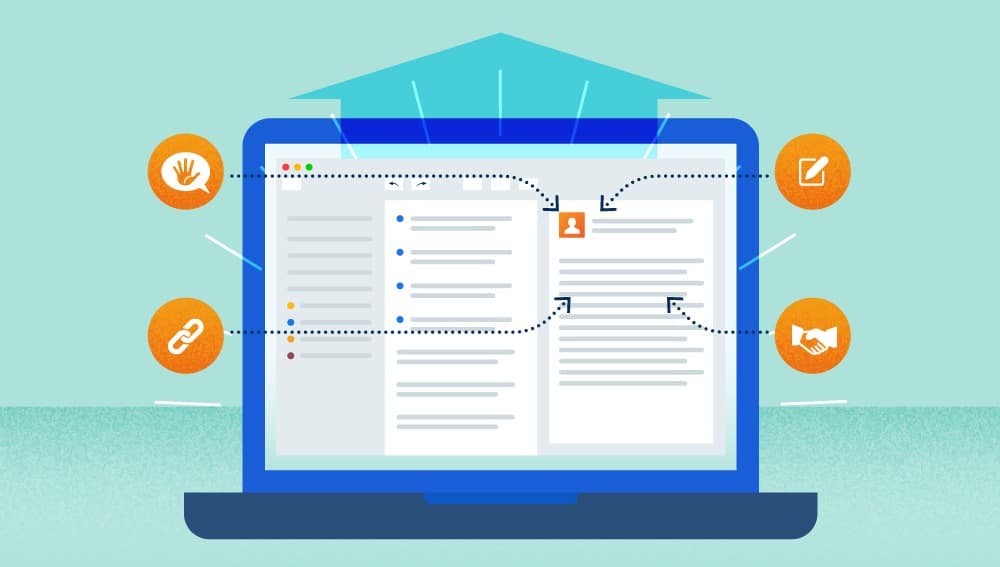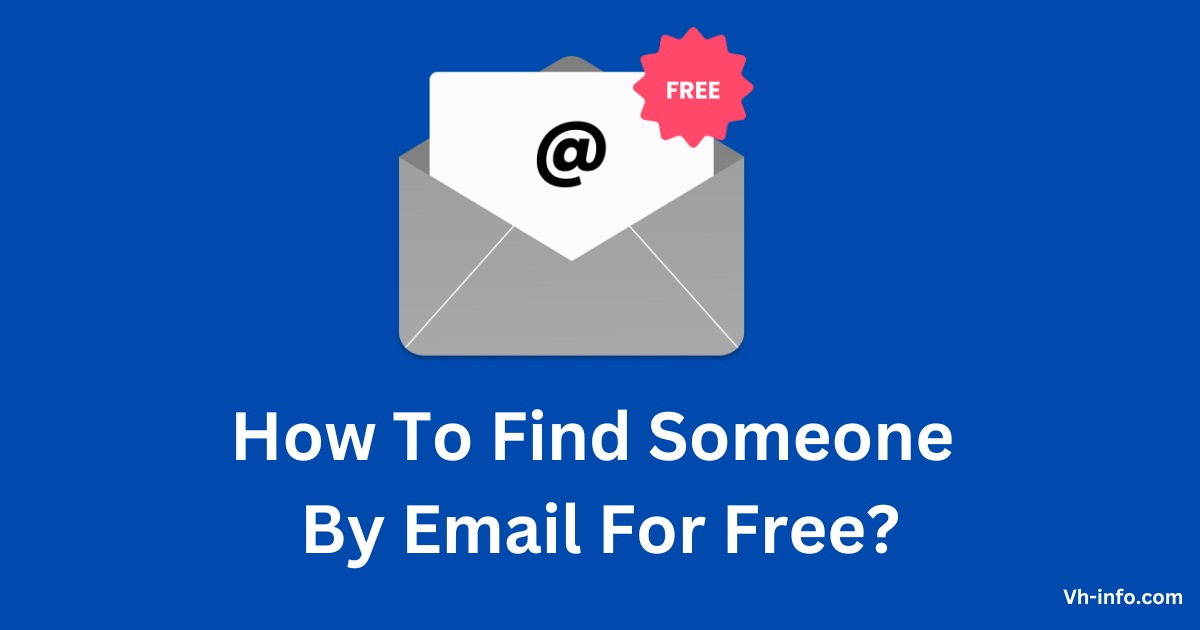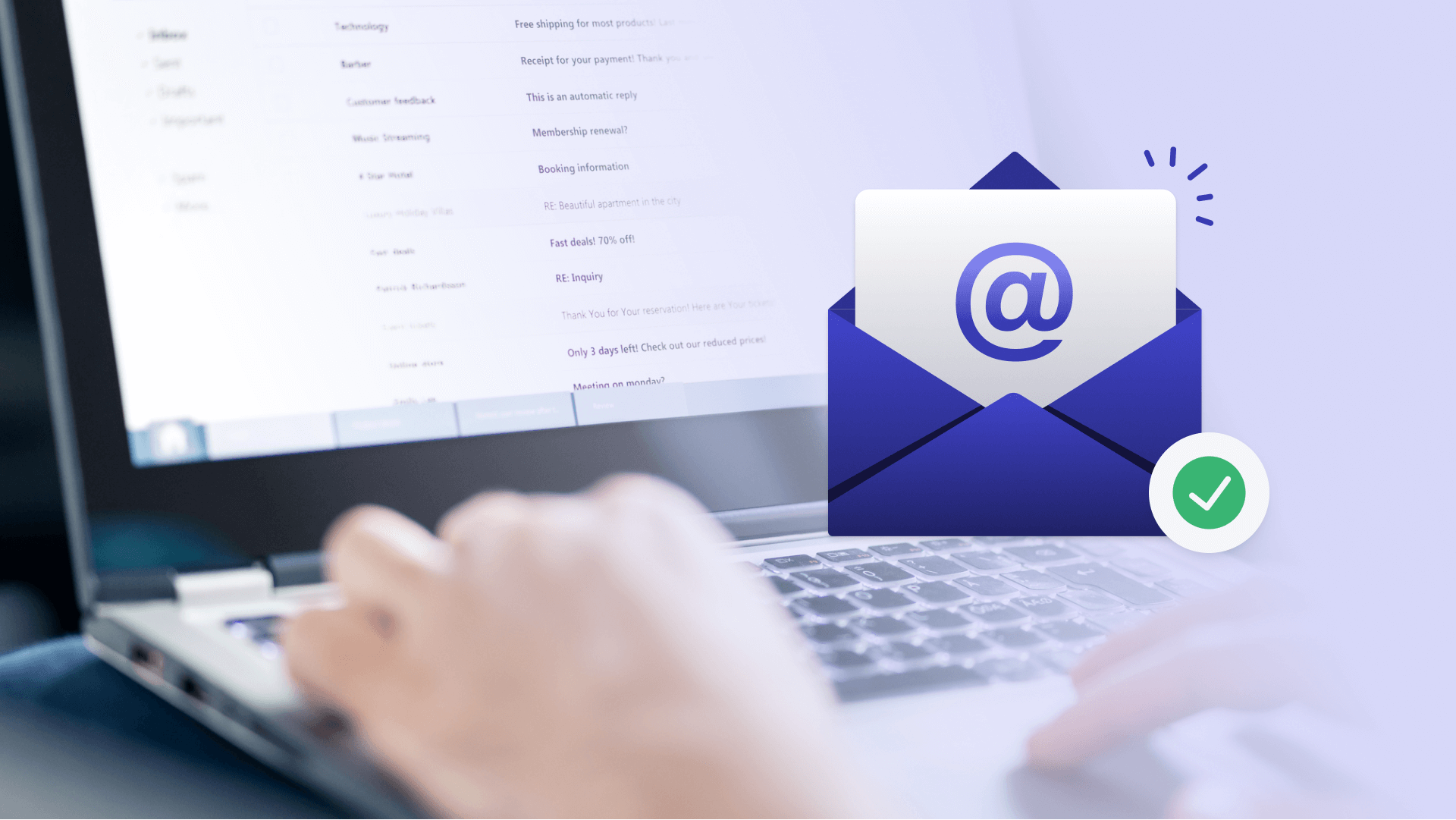In the competitive SaaS landscape, email newsletters are a cornerstone of effective communication. They help SaaS companies connect with their audience, share valuable content, and drive engagement.
Whether you’re a startup or an established SaaS business, creating a well-structured and engaging newsletter can significantly impact your business goals.
This guide will explore actionable insights into creating impactful SaaS newsletters, their importance, and examples from industry leaders to inspire your next campaign.
What Are SaaS Newsletters?
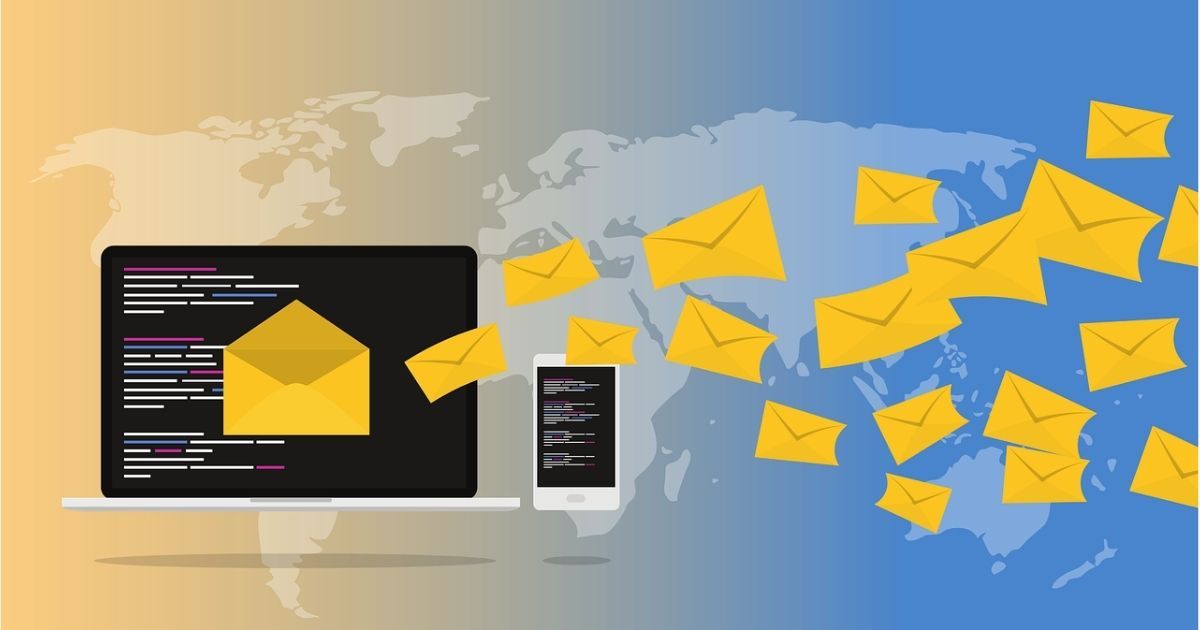
A SaaS newsletter is a type of email marketing tool designed to engage subscribers by delivering valuable content directly to their inbox. These newsletters often include product updates, educational content, case studies, blog posts, and special offers tailored to the target market. Using this format, SaaS businesses can nurture relationships with their audience while showcasing their expertise in the industry.
Importance of SaaS Newsletters For Business Growth

For SaaS companies, newsletters are more than just an email—they’re a direct line to customers and prospects.
Here’s why they matter:
- Customer Retention: Regular communication through newsletters keeps your SaaS product top-of-mind for existing customers.
- Lead Nurturing: Newsletters help convert leads into paying customers by providing actionable insights and free trials.
- Brand Authority: Sharing unique content like customer success stories and industry news establishes your company as a thought leader.
- Revenue Growth: With clear CTAs promoting upgrades or new features, newsletters can directly influence sales and subscriptions.
Key Elements of a Successful SaaS Newsletter

- Creating Engaging Subject Lines: Your subject line is the first thing recipients see. Make it concise, relevant, and intriguing to increase open rates. For example: “Unlock New Features in [Your Product This Week!“
- Writing Effective Preview Texts: Preview texts should complement the subject line by summarizing the email’s value. Think of it as a teaser that convinces readers to open the email.
- Structuring the Main Body Content: Organize your content into digestible sections with clear headers. Use bullet points for readability and ensure the most important information appears at the top.
- Including Clear Call-to-Actions (CTAs): Every newsletter should have a purpose—whether it’s driving traffic to a blog post, encouraging sign-ups for webinars, or promoting free ebooks. Use prominent CTAs like “Start Your Free Trial” or “Read the Case Study.”
Types of SaaS Newsletters

Digest Newsletters
Digest newsletters are perfect for SaaS companies looking to share multiple content pieces in a single email.
They typically include a mix of blog posts, industry news, social media updates, and case studies. This type of newsletter is ideal for business owners who want to keep their audience informed without overwhelming them.
For example, you can highlight the latest industry news, link to a free ebook, or share actionable insights from your blog. Digest newsletters work well for weekly newsletters as they provide a snapshot of valuable content in one place.
Personal Narrative Newsletters
These newsletters take a more conversational approach, often written in the style of a personal email.
They allow SaaS businesses to share behind-the-scenes stories, customer success stories, or insights from the team. This type of content builds trust and creates a stronger connection with your audience.
For example, a founder might share how new features were developed or lessons learned from customer feedback. Personal narrative newsletters humanize your SaaS product and make your brand relatable to subscribers.
Recurring Educational Content
Educational newsletters focus on delivering unique content that helps your audience solve problems or learn something new. SaaS companies can include tutorials, webinars, or tips on using their product effectively.
For instance, an email might feature a blog post on improving productivity with your app or a link to an upcoming webinar about digital marketing strategies.
This type of newsletter positions your SaaS business as an expert in the field while providing real value to your target market.
Product-Focused Newsletters
Product-focused newsletters are all about keeping users informed about updates and features related to your SaaS product. These emails can include announcements about new features, pricing changes, or product updates.
For example, you might highlight how recent changes improve customer service or offer a free trial for an upgraded plan. Focusing on the benefits of your SaaS product, these newsletters help retain existing customers and encourage upgrades or purchases.
Blended Newsletters
Blended newsletters combine various types of content into one email for a well-rounded approach. They might include educational content like blog posts, product updates, special offers such as free trials, and even customer success stories.
For example, you could share tips on using your app more efficiently while also promoting a free ebook or highlighting social proof through testimonials. This type of newsletter appeals to different segments of your mailing list by addressing multiple interests in one email while maintaining consistent branding throughout the message.
Best Practices For SaaS Newsletter Design

Using Visuals Effectively
Visuals are a powerful way to grab attention and enhance your newsletter’s readability. High-quality images, infographics, and videos can simplify complex information and make your newsletter content more engaging.
For example, product images or customer success stories can highlight key features of your SaaS product while maintaining brand consistency.
Visuals like icons and graphics can guide readers through the email, breaking up text-heavy sections and improving overall user experience. Don’t forget to make sure your visuals load quickly on mobile devices so your audience doesn’t get too frustrated.
Optimizing For Mobile Devices
With over 70% of users checking emails on mobile devices, ensuring your SaaS newsletter is mobile-friendly is critical. Use a responsive design that adapts seamlessly to different screen sizes, maintaining readability across smartphones, tablets, and desktops.
Stick to a single-column layout for simplicity, use large, clickable buttons for CTAs, and avoid overly long content pieces that could overwhelm the reader. Always preview and test your newsletter on multiple devices to ensure consistent performance.
Maintaining a Consistent Theme and Style
Consistency in design reinforces your brand identity and builds trust with your audience. Use the same color scheme, fonts, and layout in every email newsletter to create a cohesive look.
For example, include your SaaS business logo in the header and maintain uniformity in button styles and text formatting. A consistent theme not only makes your email visually appealing but also helps subscribers instantly recognize your brand in their inbox.
This approach reduces distractions and ensures a polished, professional appearance.
20 Best SaaS Newsletter Examples For Better Campaigns

These 20 SaaS newsletter examples use different strategies and eye-catching designs.
Buffer

Buffer’s newsletters focus on providing actionable insights for social media marketers. They share blog posts, industry news, and tips on improving social media strategies, all tailored to their target market.
The email design is clean, with clear CTAs like “Learn More” or “Try This Tip,” making it easy for readers to engage. Buffer uses its newsletter to promote its SaaS product while educating its audience on effective social media practices.
Grammarly

Grammarly’s newsletters are a mix of personalized stats, writing tips, and product updates. They often include educational content, such as tutorials on improving grammar and style, while promoting new features like AI-powered tools.
By showcasing user progress and offering actionable advice, Grammarly keeps its subscribers engaged and encourages them to explore the full potential of its SaaS product.
Typeform

Typeform’s newsletters highlight creative use cases for their forms and surveys. They often feature customer success stories, tutorials, and blog posts that teach users how to create engaging forms for their businesses. The design is visually appealing, with clear CTAs guiding readers to explore more about the SaaS product and its applications in real-world scenarios.
Moosend
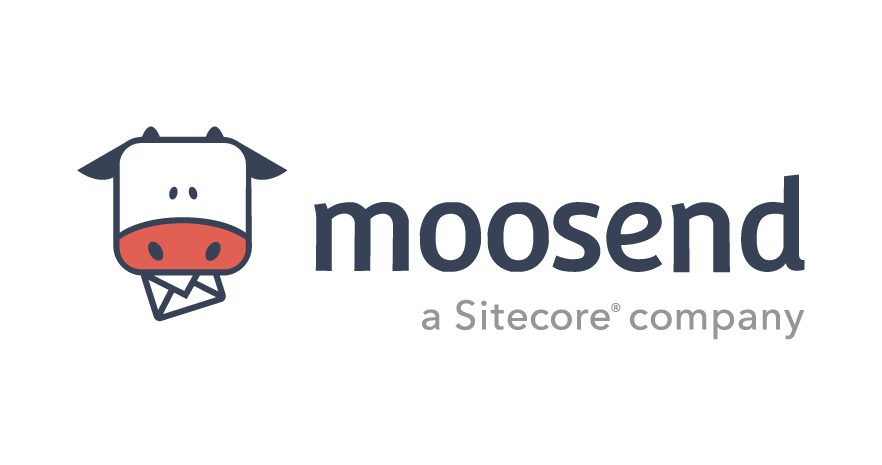
Moosend’s monthly newsletter includes email marketing tips, templates, and updates about their platform’s features.
The content is designed to educate subscribers on improving their email campaigns while promoting Moosend’s SaaS tools. With a simple layout and vibrant CTAs like “Start Your Free Trial,” Moosend ensures its newsletter is both informative and actionable for business owners.
Canva

Canva’s newsletters inspire creativity by sharing design tutorials, user-generated content pieces, and free resources like templates or ebooks.
The emails are visually stunning, reflecting Canva’s brand identity while promoting its SaaS product as an essential tool for marketers and designers. Subscribers are encouraged to explore new features or try out design tips directly through the newsletter’s CTAs.
Box

Box uses its newsletters to inform users about new integrations, security updates, and product features relevant to cloud storage solutions.
The content is concise and organized into sections with short descriptions and clickable CTAs like “Learn More.” This approach ensures that business owners can quickly grasp the value of Box’s latest updates without being overwhelmed by too much information.
Later

Later’s newsletters focus on social media scheduling tips and updates about their platform’s features. They often include blog posts on content marketing strategies or links to free trials of their SaaS product.
Later uses screenshots of their app in action to visually demonstrate how it can help marketers achieve their goals more effectively.
Intercom

Intercom’s newsletters emphasize customer service strategies and product updates that enhance communication with customers. They share links to webinars, blog posts, and tutorials that teach subscribers how to use Intercom’s tools effectively.
The emails are simple yet professional, making them easy to read while showcasing the value of Intercom’s SaaS solutions for improving customer service experiences.
Trello

Trello’s newsletters share productivity hacks and creative ways to use their project management app across various industries. They feature customer success stories alongside links to blog posts that demonstrate how teams can collaborate more effectively using Trello boards.
This mix of content helps users see the practical benefits of the SaaS product in action.
Slack

Slack’s newsletters focus on team collaboration by sharing case studies and productivity tips tailored for businesses of all sizes. They often highlight new integrations or features that make communication smoother within teams.
With clear CTAs like “Try It Now,” Slack encourages users to explore these updates directly from the email newsletter itself.
Workable

Workable’s newsletters combine hiring tips with updates about their recruitment software features. They share blog posts on HR strategies or links to free resources like templates for job descriptions or interview questions.
These emails provide valuable content while subtly promoting Workable’s SaaS tools as essential for streamlining recruitment processes in businesses of all sizes.
Asana

Asana’s newsletters focus on project management strategies tailored for different industries such as tech startups or marketing teams. They include blog posts, case studies, or links to free ebooks that highlight how Asana helps achieve business goals efficiently.
The clean design ensures readers can quickly find relevant information about the SaaS product’s capabilities without distractions.
Invision
InVision’s newsletters deliver design inspiration through customer success stories and free resources like templates or guides for UI/UX designers.
The emails also promote webinars or podcasts featuring industry experts discussing trends in digital marketing or product design strategies, positioning InVision as a thought leader in the tech space while showcasing its SaaS offerings effectively.
Semrush

Semrush’s newsletters are highly educational, focusing on SEO, content marketing, and social media strategies.
They share in-depth guides, case studies, and actionable insights to help marketers improve their rankings and content strategies. Subscribers also get access to webinars, tutorials, and updates about new features in the Semrush tool suite.
By including success stories like how companies used tools like the Keyword Magic Tool, Semrush combines social proof with valuable content that resonates with marketers and SaaS business owners.
Freshbooks

Freshbooks’ newsletters cater to small business owners by sharing practical tips on managing finances, invoicing, and cash flow. They include blog posts, free ebooks, and customer success stories that highlight how the SaaS product solves real-world problems.
Freshbooks also uses its email newsletter to announce product updates and upcoming events, making it a well-rounded resource for its audience. The addition of fun elements like memes keeps the tone light while still delivering valuable content.
SurveyMonkey

SurveyMonkey’s newsletters focus on helping users create better surveys and collect actionable data.
They offer templates for various use cases—like customer feedback or market research—that can be customized to fit specific needs. The newsletters often highlight product updates, tips for improving survey responses, and links to insightful blog posts or webinars.
Addressing customer pain points directly, SurveyMonkey ensures its SaaS email provides both educational content and practical solutions for business owners and marketers alike.
Slidebean

Slidebean’s newsletters are tailored for startups and entrepreneurs looking to create effective pitch decks. They share templates inspired by successful startups like Airbnb or Uber and provide design tips for creating visually appealing presentations.
Additionally, they include blog posts on storytelling techniques and case studies of how companies secured funding using Slidebean’s tools.
By focusing on niche needs like investor presentations, Slidebean positions itself as an essential SaaS product for startups aiming to achieve their business goals.
PandaDoc

PandaDoc’s newsletters are designed to keep users informed about document automation and e-signature solutions. They often include monthly updates about new features, productivity tips, and integrations with other SaaS tools like CRM or project management apps.
The emails also promote webinars and tutorials to help users maximize their efficiency when using PandaDoc’s features.
This approach ensures that the newsletter serves as both a guide for existing customers and a marketing email for potential subscribers interested in streamlining their workflows.
Zenefits

Zenefits’ newsletters focus on HR solutions by sharing tips on workforce management, compliance updates, and employee benefits optimization.
They include links to blog posts, upcoming webinars, and case studies that demonstrate how businesses have successfully used Zenefits’ SaaS product to improve their HR processes.
The newsletter also highlights product updates that simplify tasks like payroll or benefits administration, making it a valuable resource for HR professionals looking to enhance their operations efficiently.
Todoist

Todoist’s newsletters are minimalist yet impactful, focusing on productivity tips for individuals and teams using their task management app.
They often share year-in-review emails that showcase user achievements or highlight new features added throughout the year. The emails also include links to blog posts about time management strategies or integrations with other SaaS tools like Slack or Asana.
By blending personal insights with actionable advice, Todoist’s newsletters keep subscribers engaged while promoting its app as an essential productivity tool for business owners and individuals alike.
FAQ’s:
What Makes a SaaS Newsletter Engaging?
An engaging SaaS newsletter provides valuable content that addresses the pain points of its target market. It includes actionable insights, such as product tips, case studies, or curated industry news, to keep readers interested.
Personalization, clear CTAs, and visually appealing designs also play a big role in capturing attention and driving interaction. Adding elements like customer success stories or exclusive updates about your SaaS product can further enhance engagement.
How Often Should I Send a SaaS Newsletter?
Consistency is key when deciding how often to send your SaaS newsletter. Most SaaS companies find that sending a weekly or monthly newsletter works best to maintain a balance between staying top-of-mind and avoiding subscriber fatigue.
Sending fewer than one email per month risks losing relevance, while more than one per week may overwhelm your audience. Always test and adjust based on engagement metrics like open rates and unsubscribes.
What Content Should Be Included in a SaaS Newsletter?
A SaaS newsletter should include a mix of content tailored to its audience. This could be blog posts, product updates, customer success stories, educational content like how-to guides, or even social media posts.
Including special offers like free trials or ebooks can drive conversions, while curated industry news and actionable tips establish your brand as an authority. Always ensure the content is relevant and adds value to the reader.
How Many CTAs Should I Include in My Newsletter?
A good rule of thumb is to include 1–3 CTAs in your SaaS newsletter to avoid overwhelming readers. Each CTA should align with the newsletter’s goals, whether it’s driving traffic to a blog post, encouraging sign-ups for a free trial, or promoting new features.
Use visually distinct buttons or links with persuasive language to guide readers toward taking the desired action while maintaining focus on the most important CTA at the end of the newsletter.
Conclusion
SaaS newsletters are a powerful tool for building relationships, driving engagement, and achieving business goals.
Whether you’re a startup or an established SaaS company, creating an email newsletter with valuable content like product updates, customer success stories, and educational resources can significantly boost retention and conversions.
Including clear CTAs, optimizing for mobile devices, and maintaining a consistent theme can help your newsletters stand out in crowded inboxes. The examples from industry leaders like Semrush, Freshbooks, and Canva showcase how diverse strategies—ranging from sharing actionable insights to promoting free trials—can resonate with different audiences.
Blending unique content with visually appealing designs, these SaaS companies demonstrate how to keep subscribers engaged while showcasing their products’ value. At VH Info, we understand the importance of effective email marketing in the SaaS landscape.
Applying these best practices and drawing inspiration from successful email newsletter examples can help you create campaigns that not only drive results but also strengthen your brand’s authority in your niche.

